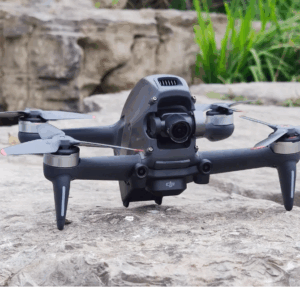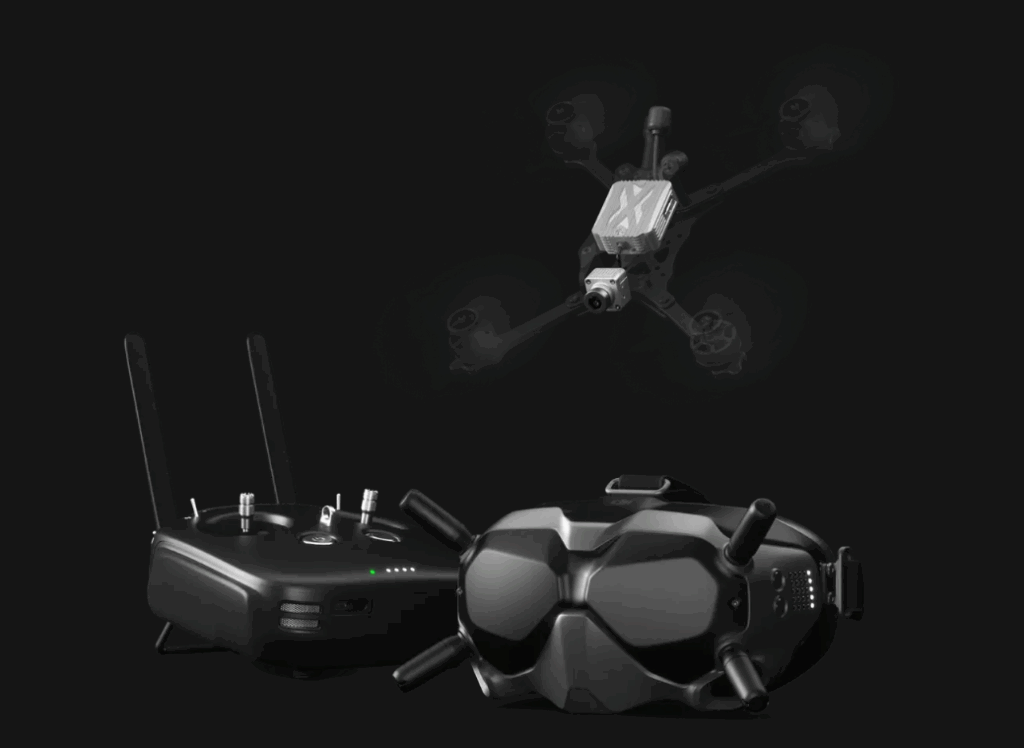Military forces worldwide are adopting a revolutionary drone technology that renders traditional electronic countermeasures useless. These fiber-optic FPV (First Person View) drones replace vulnerable wireless signals with an actual physical connection and a glass cable that trails behind the aircraft as it flies.
Delivering Precision Strikes Where Radio Signals Fail
“The fiber-optic FPV remote control does not allow any interference and is stable and reliable,” military officials testing these systems report. Current models can fly up to 20 kilometers while maintaining this secure connection.
These drones also defeat detection systems that rely on identifying radio emissions. Since fiber-optic drones produce no wireless signals, they remain essentially invisible to conventional drone detection equipment.
Video quality represents another improvement. Operators receive crystal-clear images through the high-bandwidth fiber-optic cable, enabling more precise targeting and battlefield awareness. Advanced versions include automatic targeting systems that can identify and track specific objects, reducing the skill level required for effective operation.
High-Altitude Surveillance That Electronic Warfare Can’t Touch
The technology shows particular promise in mountainous border regions like the India-China frontier, where both nations have established elaborate trench systems at high altitudes. These fiber-optic drones could provide crucial reconnaissance of enemy trenches and fortifications without being detected or jammed. Their ability to drop small munitions directly into trench positions while maintaining reliable control makes them especially valuable in such difficult terrain where direct line-of-sight for troops is often limited by the mountainous landscape.
Despite their advantages, these cable-connected drones have limitations. The physical tether restricts manoeuvrability compared to wireless alternatives. The cable also adds weight of about a 10-kilometer fiber reel weighs about 2.3 kilograms, which reduce the flight time and payload capacity. In high-altitude border regions, the thinner air would further reduce lift capacity, potentially limiting operational effectiveness.
Beyond attack missions, military forces are employing these drones for multiple battlefield roles:
- Creating protective smoke screens for advancing troops
- Monitoring movements using thermal imaging cameras
- Delivering critical supplies to dangerous frontline positions
- Providing reliable reconnaissance in electronically contested environments
The technology’s rapid adoption reflects lessons learned from recent conflicts, particularly the Russia-Ukraine war, where electronic warfare has frequently neutralized conventional drones. Vietnam’s Defense Department is already testing locally-produced fiber-optic drones, while China has established dedicated facilities for drone production and operator training developments that likely have significant implications for border disputes and high-altitude warfare scenarios in the Himalayas. Despite their growing popularity and impressive applications (including filming at 72 meters with minimal shake and achieving speeds over 220km/h in sports), FPV drones face regulatory challenges related to airspace control, battery safety, and a significant talent gap in certified pilots.
As electronic warfare capabilities advance globally, these physically-tethered drones provide military commanders with a straightforward solution to ensure critical aerial capabilities remain available when conventional wireless systems would fail.

